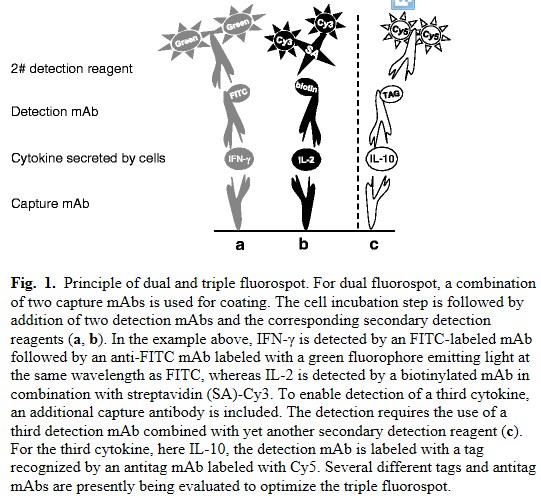Quantitative Study of ProteinProtein Interactions in Live Cell by Dual-Color Fluorescence Correlation Spectroscopy
互联网
767
Dual-color FCS is a powerful method to monitor protein–protein interactions in living cells. The main idea is based on the cross-correlation analysis of temporal fluorescence intensity fluctuations of two fluorescent proteins to obtain their co-diffusion and relative concentration. But, when performing these experiments, the spectral overlap in the emission of the two colors produces an artifact that corrupts the cross-correlation data: spectral bleed-through. We have shown that problems with cross talk are overcome with Fluorescence Lifetime Correlation Spectroscopy (FLCS). FLCS applied to dual-color cross-correlation, utilizing for example eGFP and mCherry fluorescent proteins, allows the determination of protein–protein interactions in living cells without the need of spectral bleed-through calibration. Here, we present in detail how this methodology can be implemented using a commercial setup (Microtime from PicoQuant, SP8 SMD from Leica or any conventional confocal with PicoQuant TCSPC module, and also with a Becker and Hickl TCSPC module). The dual-color FLCS experimental procedure where the different laser intensities do not have to be controlled during the experiment constitutes a very powerful technique to quantitatively study protein interactions in live samples.










